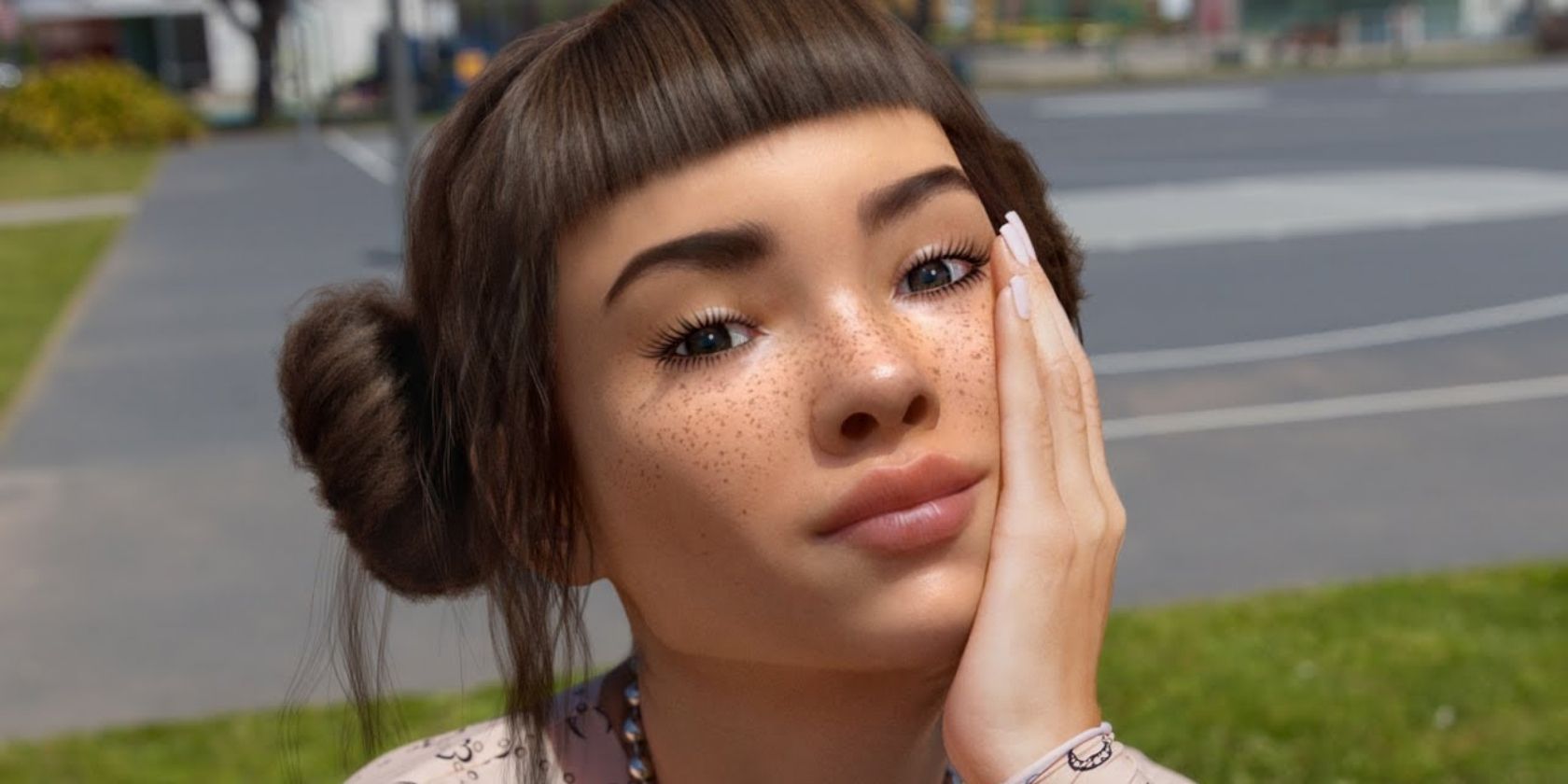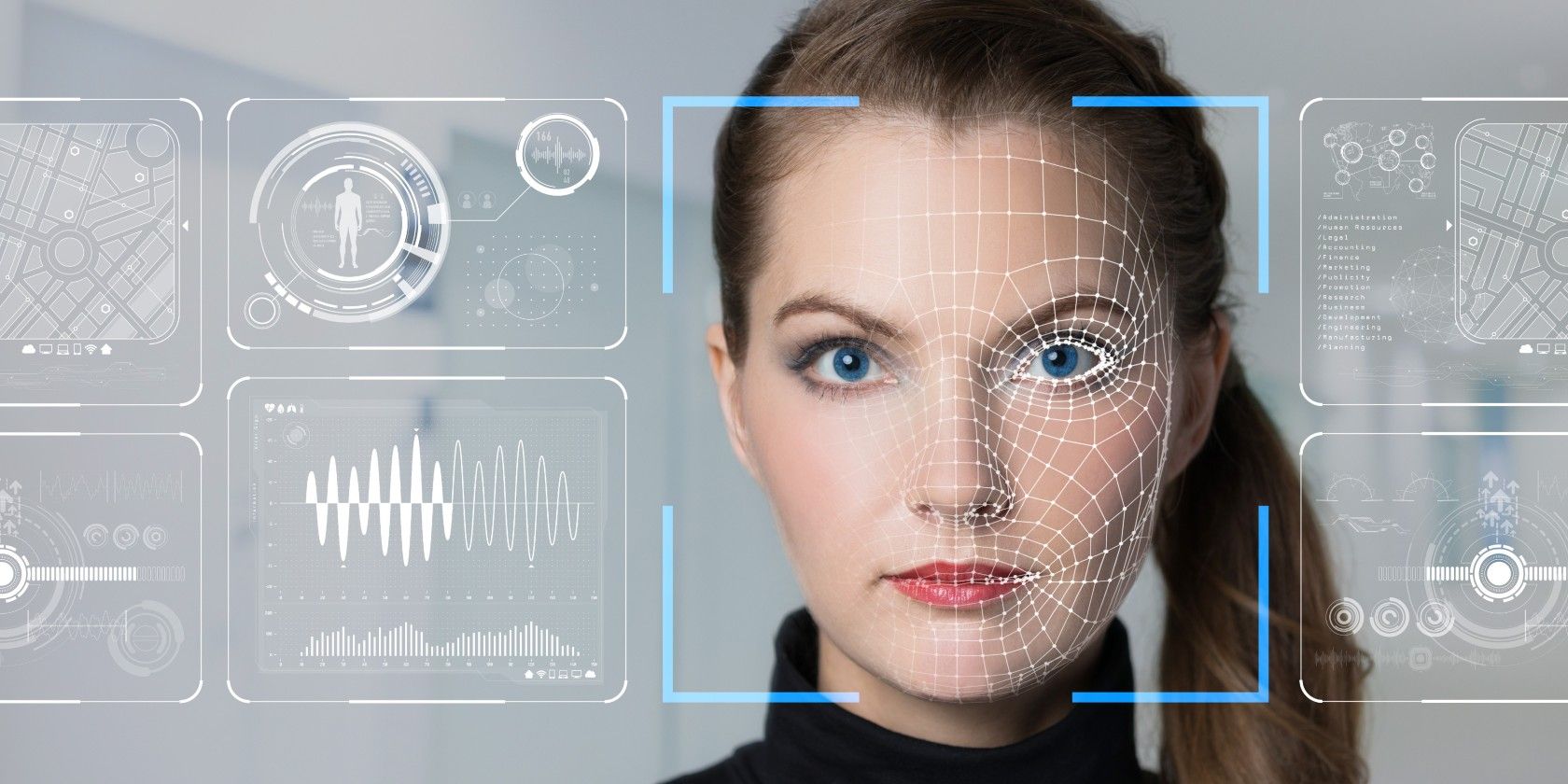Just in case your fear of robots ruling the Earth has started to fade, virtual influencers are here to remind you of how fast technology evolves. Even for the tech-savvy among us, the idea of virtual humanoids influencing real people and their actions invites uncertainty and curiosity.
Here, we'll uncover what virtual influencers are, how they work, and their purpose. We'll also see how they compare to real celebrities and explore theories about their future.
What Is a Virtual Influencer?
A virtual influencer, such as Lil Miquela, is a digital character made using computer graphics. This character is designed to simulate human qualities and a unique personality, including realistic biases and quirks. Because of this, it appears to be alive and acting out of free will. Simply put, it's a fictional person.
There seem to be three main conditions for a character to count as a virtual influencer:
- It must be computer-generated, i.e., a CGI model.
- It must resemble a human persona.
- It must be able to affect people's decisions.
That means any fictional character you've ever felt a connection with is a virtual influencer, from Spider-Man to Mr. Bean. As long as the character is made via software, feels human, and affects people's decisions (especially online activity and buying choices), you can consider it a virtual influencer.
While it'd be super cool to talk about superheroes, that's not what this article is about. The core purpose of these CGI influencers is to replace their human counterparts and eliminate the latter's limitations. Given their nature, virtual influencers (or VIs) come with many benefits. Let's see what they are.
Pros of Working With Virtual Influencers
1. They Are Infinitely Reusable
One of the biggest motivations behind creating virtual influencers is to cut down marketing costs. This shouldn't come as a surprise, though. After all, automation taking away people's jobs is something we're all too familiar with. VIs are simply one of the newest iterations of the automation trend.
These CGI beings don't need to be paid in any way whatsoever. Hell, you can program them to thank you for giving them "life." In the long term, the cost of celebrity endorsements is way higher than creating and popularizing a fictional being. The latter doesn't age and can be forever used as a tried-and-tested marketing tool.
2. They Facilitate Omnichannel Marketing
Because virtual influencers are, well, virtual, the creator can manipulate it however they want. Unlike real people, the actions of VIs can be perfectly optimized to best fit the creator's goal. But when hiring a celebrity or public figure, a company has to account for their comfort, concerns, and fatigue.
For instance, they may deny doing a particular scene, wearing a specific outfit, or going to a certain place. A CGI character has none of those personal agendas or needs. They can say and do anything you want anytime and in any way. They don't get tired and can be at multiple places at once doing various shows and events. All of these advantages ultimately help drive higher user engagement and retention.
3. They Are Less Controversial
The more closely a company's brand image is linked to a celebrity, the more influence they have on its success or failure. For instance, if a public figure gets negative press due to recent controversy, all the companies affiliated with them will also have to face that backlash.
In comparison, virtual influencers are a safer bet since any publicity stunt they pull is carefully planned before being broadcasted. Any news fans receive about them is intentional; it's merely a strategy designed by the development company itself. This helps ensure that the media always has an overall positive sentiment about that character.
The Problem With Virtual Influencers
As social creatures, we humans naturally want to feel more connected to our favorite celebrities and creators. We trust them and their recommendations. The problem occurs when companies create these realistic digital avatars for advertising but don't disclose their true nature to the viewers.
While you may be able to tell VIs from real people easily, the non-tech-savvy among us, like kids, young teens, and the elderly, might not be able to do the same. We've already seen Deepfake technology causing a similar reaction amongst people, so it's a fair ask to have companies be transparent when working with a virtual influencer.
Virtual influencers also pose an ethical problem. Since these CGI characters can't taste, touch, smell, see or hear, all of their recommendations are essentially an act of false advertising.
For instance, a virtual influencer recommending an acne-removal cream is unethical because that "person" has never had acne and can never recognize any benefits of that product. No matter how realistic an animated character might appear on a screen, its claimed experiences aren't real, hence misleading buyers.
The Future of Virtual Influencers
Whether you like it or not, virtual influencers are here to stay. These new "people" created by machine learning and AI algorithms will populate a fair chunk of synthetic media.
The argument that VIs make in their defense is that our digital avatars represent our identity in a virtual environment such as social media or the metaverse. After all, we trust our favorite creators to be real people even though we only see them through a screen. So, VIs shouldn't be seen as any different.
Regardless of how logical (or otherwise) you find that argument, VIs are good at doing what they were designed to do: influence people and gain followers. But it's very likely that as they become more common and their novelty factor fades, they'll lose a part of their charm.
Virtual Influencers Can Become Mainstream
Just like how it's normal for us to admire fictional characters in video games, movies, and TV shows, it'll become normal to follow and relate to CGI personalities. The basic qualities of the two are the same, so it shouldn't be a surprise if the latter becomes mainstream.
Virtual influencers aren't a new technological marvel in any way. We've been using CGI for several decades in fields like entertainment, education, and engineering. But now, we use it to create fake people and influence real ones too.


